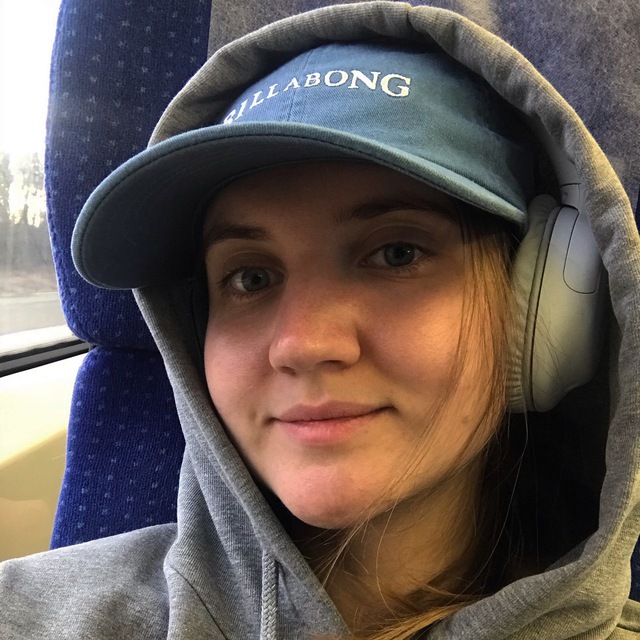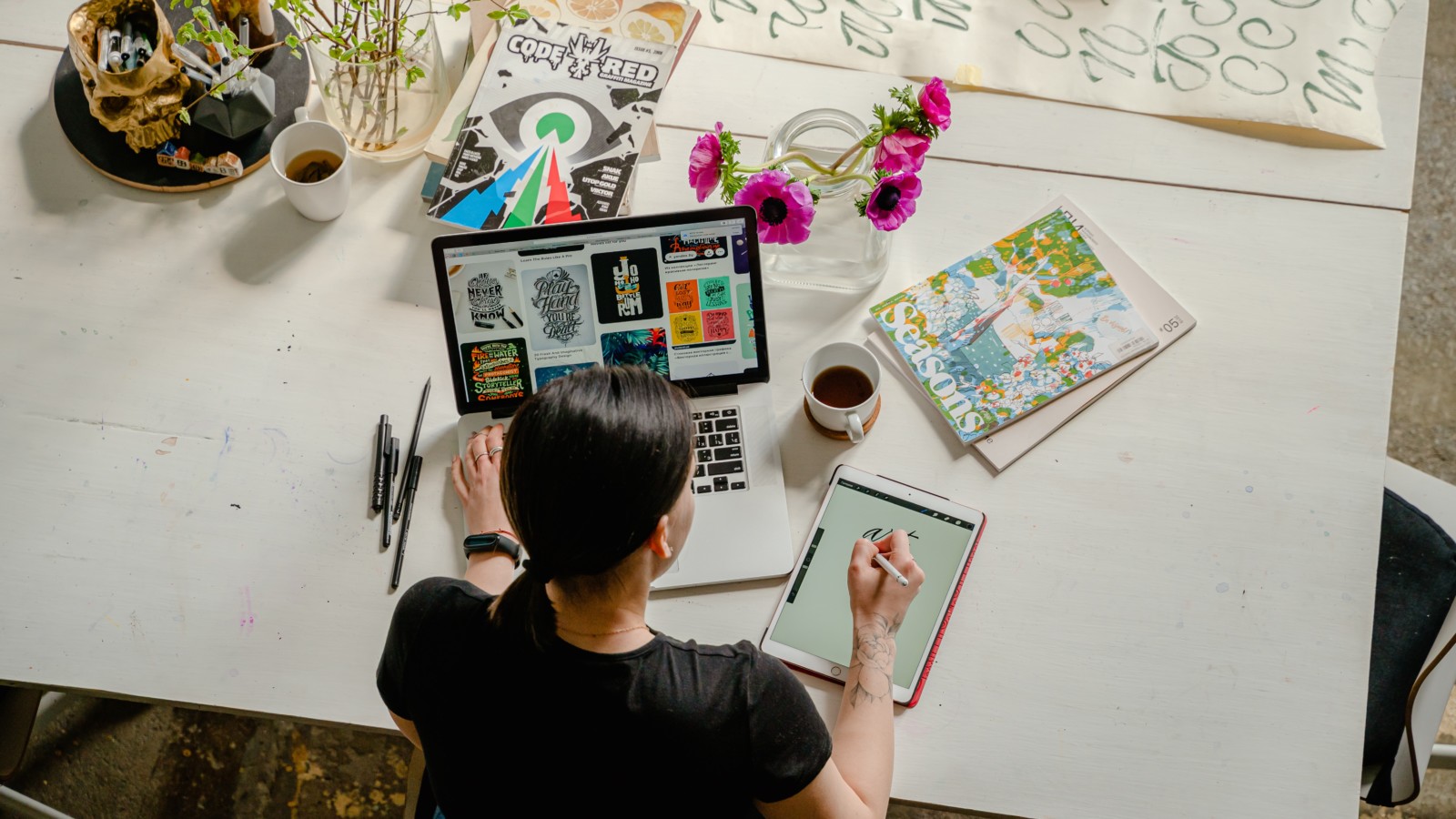Like any other process, you cannot start doing something directly. Everything involves deep research, communication with experts, discovery phase, planning meetings, drafts etc. So, let’s start our journey with the 5 most important steps during the product design process.
Step #1 Deep design research of the target audience and their requirements
User experience research (also known as design research) can help you to achieve many goals throughout the design process. It can help you set up an overall vision of how your product should look, and prove or disprove the first hypotheses of your team, find the common ground of the target audience, identify their needs, requirements, goals and ways of thinking. Overall, research can provide a lot of information for your work, improve your understanding, and make your work better.
Before you start your UX research, you need to know that we can divide it into 2 subtypes: a quantitative and qualitative analysis.
With qualitative research, you would use techniques such as interviews and ethnographic research. This research type will give you an opportunity to gain insights into users’ behaviour which is really important. In the process of this research, you will understand why the user skipped the call to action, why the user scrolled down your website for only 30% and quit etc. For this, you will need to interact with your potential users, you should create a small group of people, ask open questions to gain personal insights about their experience. Remember, this research mostly involves the collection of non-digital data, so do it carefully and ask as many people as possible to have a great overview.
If qualitative research is helping you to find answers to the “W” questions (Where? Why? Who? When? Which?), quantitative research will help you to get as much data measured by numbers. With this second UX research subtype, you should use more structured research methods such as surveys, polls, analysis. With quantitative research, you can collect measurable data about user behaviour and test hypotheses received from qualitative research. For example, you can provide users with online surveys to answer questions related to numbers. For example, ask them about how many times they open a certain landing page, how many times they click on advertisements in the App Store, how many times they click on call to action etc.
Additionally, as Interaction Design Foundation says, you can use a mix of both types of research types to gain more insights into a design problem.
Step #2 Brainstorming, sketching, inspiration browsing
After research, when you already have a vision of what your potential customers are expecting and how your product needs to be, you can move forward to the next steps. They consist of more fun parts, but still a very important stage of your product.
Brainstorming. Sit down with your team and brainstorm ideas. You have research in front of you, now make the best use of your time and collect data. Talk about possibilities on how to make your product not with a perfect UI/UX design, but also discuss how you can make it on the highest level.
Sketching. After having an understanding of how your product should look visually, it’s time to take a pencil, notebook and draw some ideas that are stuck in your mind. Sketching will help you to better visualize what you already know.
Inspiration browsing. I don’t need to explain this stage, but now it’s time to open your favourite apps, your favourite designers Behance profiles, online magazines and case studies to get inspired!
Step #3 UX prototyping, feedback and testing phase
Prototyping gives you a great opportunity to get two important things: the visualization of how the final product would look and feedback from the team and clients.
Visualisation. Prototypes help UX designers to show clients the appearance and function of the final product. It allows you to test your ideas before investing time and resources to build the final version.
Feedback. Prototypes give you not only the opportunity to see the visualization of the possible future product, it also starts an important phase – feedback and communication. Prototypes make it possible to hear the thoughts of team members, user tests groups, potential customers etc. People can say what they think about the prototype, as a result, you can easily and quickly adjust any changes. It will not only save you time on the final product release but also it will save money for your client.
Step #4 First product version launch
This is the stage that will involve not only the design team but also the team of developers, quality assurance engineers, marketers, business analysts etc. As a result, if something goes wrong, you cannot blame yourself. This is that stage when you work as a team with everyone. The main idea is to give your product life.
Have you launched the first product version? Congratulations! But it isn’t the end of your design process. Now it’s a great opportunity to test the real product, to look at it critically, try to find bugs, test with your friend, and ask for honest feedback. The first product version launch gives you great room for improvement and leads us to the last but not the least step.
Step #5 User experience audit process
UX audit is a method of identifying areas where digital products are performing poorly. It can reveal which parts of a website or application cause headaches for users, what exactly makes users leave your app or web page. User experience audits use empirical methods to extend existing solutions and provide user-centric suggestions for improvement. Ultimately, a UX audit should let you know how to increase conversion rates by making it easier for users to achieve their goals on your site or app.
Conclusion
To make a long story shorter, remember that the design process is an ongoing process. It never stops. To not make mistakes in future, to save time and money, just follow these 5 steps that will help you to better understand your audience and to create a perfect UI/UX design for your product.


